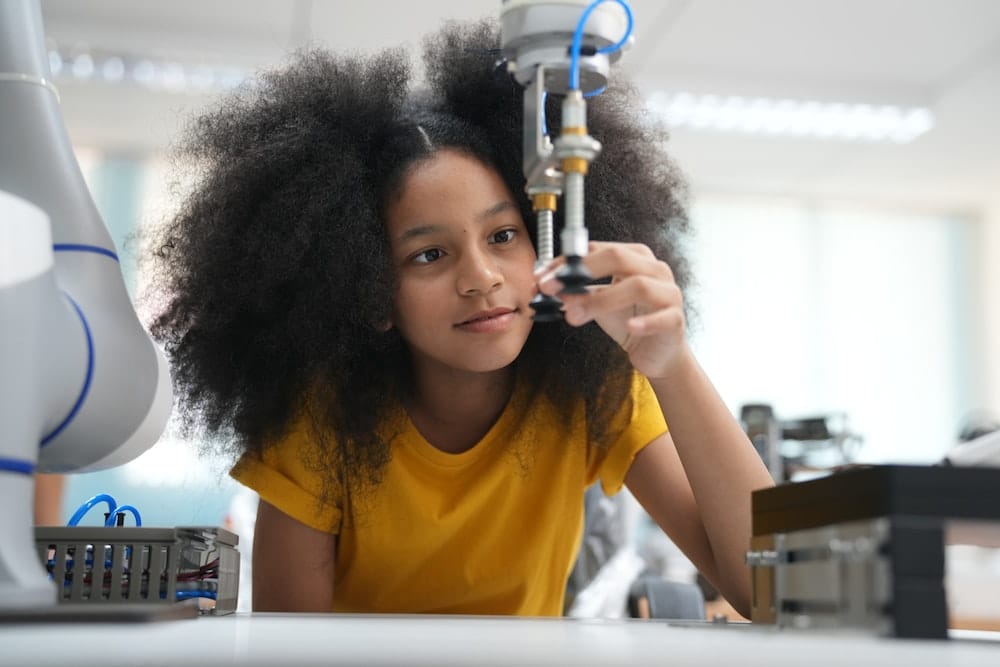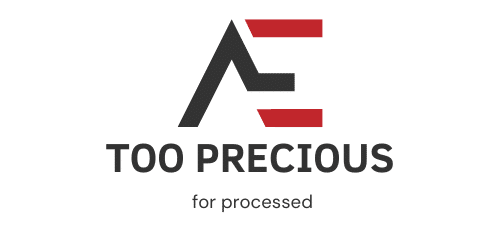What Innovative Solutions Can Accelerate the Redevelopment of Brownfield Sites for Residential Use?

You might wonder, "what exactly are ‘brownfield sites’?" Brownfield sites are those pieces of land that were previously utilized for industrial or commercial purposes but are now vacant due to contamination by hazardous substances or pollutants. While these sites can be seen as an urban blight, they also represent an opportunity for environmental, economical, and social transformation. Redevelopment is the key to unlocking this potential, but it’s not without challenges. Efforts towards redevelopment are often hindered by environmental and public health concerns, financial difficulties, and regulatory complexities. So, what innovative solutions can accelerate the redevelopment of brownfield sites for residential use?
The Relevance of Brownfield Redevelopment
The relevance of brownfield redevelopment can hardly be overstated. These unused, often contaminated lands provide an ideal opportunity for urban regeneration, sustainable development, and land-use planning. By revitalizing these areas, we can create new residential spaces, contribute to economic growth, and curb urban sprawl, thereby promoting environmental sustainability.
A découvrir également : What Are the Best Practices for Creating Urban Oases Through Rooftop Gardens in Real Estate Projects?
Redeveloping brownfields enables us to preserve our green spaces, as it discourages the conversion of undeveloped land into residential or commercial areas. It also aids in the reduction of commute times and the promotion of community cohesion by allowing residents to live closer to their workplaces and to each other.
Innovative Solutions for Brownfield Redevelopment
Finding innovative solutions for brownfield redevelopment is crucial for accelerating the process. These solutions can be categorized into three main areas: technological, financial, and regulatory.
A lire en complément : How to Integrate Autonomous Vehicle Charging Stations into Commercial Real Estate Developments?
Technological Innovations
Technological advancements are fundamental to the process of brownfield redevelopment. They facilitate the study of the sites, the detection of contaminants, and the cleanup and remediation of the soil.
One such advancement is the use of Geographic Information Systems (GIS). GIS enables the collection and analysis of data regarding the site’s location, size, and existing infrastructure. This information aids in the planning and decision-making processes of redevelopment projects.
Moreover, innovative soil remediation technologies are essential for the cleanup of brownfields. Bioremediation, for instance, involves the use of microorganisms to degrade or transform harmful pollutants into less toxic substances.
Financial Innovations
Financial innovations are equally crucial for brownfield redevelopment. They provide the necessary funding for the environmental cleanup and the subsequent development activities.
Public-private partnerships (PPPs) are one such financial innovation. Through PPPs, the public sector can leverage the resources and expertise of the private sector to undertake and expedite redevelopment projects.
Furthermore, green bonds can be issued to finance brownfield redevelopment projects. These bonds are essentially loans that are specifically intended for environmentally friendly projects, thus positioning the redevelopment of brownfields as a sustainable, investment-worthy venture.
Regulatory Innovations
Regulatory innovations provide a framework within which brownfield redevelopment can occur. They can help address the legal and bureaucratic challenges that often impede the progress of redevelopment projects.
One notable regulatory innovation is the establishment of a brownfield registry. This is a publicly accessible database that provides information about the location, size, and contamination status of brownfields. This transparency aids in attracting potential developers and investors.
In addition, streamlined approval processes can significantly accelerate brownfield redevelopment. By reducing the time and complexity involved in obtaining necessary permits and approvals, these processes can make it easier and faster to begin the cleanup and development activities.
Public Participation in Brownfield Redevelopment
Public participation plays a vital role in the redevelopment of brownfield sites. It ensures that the needs and concerns of the community are taken into consideration during the planning and implementation of redevelopment projects.
Public participation can take various forms, ranging from public meetings and workshops to surveys and online platforms. By engaging the community, it’s possible to ensure that the redevelopment projects align with the community’s vision, ultimately leading to more successful and sustainable outcomes.
Conclusion
When it comes to redeveloping brownfield sites for residential use, it’s clear that we need innovative solutions to navigate the complexities involved. From technological and financial innovations to regulatory changes and public participation, these solutions can help us turn urban blight into urban opportunities. With these innovative solutions, we can accelerate the process of redevelopment and create vibrant, sustainable communities on land that was once deemed unusable. Indeed, even within our cities’ most neglected corners, there is potential for renewal and growth.
Technological Solutions for Accelerating Brownfield Redevelopment
Technological innovations play a crucial role in accelerating the redevelopment of brownfield sites. They provide tools and techniques that can simplify and expedite the process of site assessment, cleanup, and remediation.
One such technological innovation is the Geographic Information Systems (GIS). GIS is a remarkable tool that collects and analyzes data related to the size, location, and existing infrastructure of brownfield sites. This detailed information allows urban planners and developers to make informed decisions, thus facilitating the planning and execution of redevelopment projects.
In addition, advancements in soil remediation technologies prove instrumental in the cleanup process. For instance, bioremediation uses microorganisms to break down or transform harmful pollutants into less toxic or non-toxic substances. This natural, eco-friendly method simplifies the process of soil cleanup, making it more efficient and cost-effective.
Moreover, the use of drones and satellite imagery for site assessment and monitoring can significantly speed up the process, while also ensuring precision and accuracy.
Financial and Regulatory Innovations for Brownfield Redevelopment
To overcome the financial challenges associated with brownfield redevelopment, innovative solutions like Public-Private Partnerships (PPPs) and green bonds have been introduced. PPPs enable the public sector to leverage the resources and expertise of the private sector, thus expediting the redevelopment process. On the other hand, green bonds are loans specifically intended for sustainable projects, presenting brownfield redevelopment as an investment-worthy proposition.
Regulatory innovations also play a pivotal role in accelerating brownfield redevelopment. The establishment of a brownfield registry, for instance, provides transparency about the location, size, and contamination status of brownfields. This transparency helps attract potential developers and investors.
Furthermore, streamlined approval processes can reduce the time and complexity of obtaining necessary permits and approvals, making the cleanup and redevelopment activities quicker and easier.
Engaging the Public in Brownfield Redevelopment
Public participation is a key component of successful brownfield redevelopment. It ensures that the concerns and needs of the community are considered during the planning and implementation of redevelopment projects. Public participation can take various forms, including public meetings, workshops, surveys, and online platforms. These engagements ensure that the redevelopment projects align with the community’s vision, leading to more successful and sustainable outcomes.
Conclusion
The redevelopment of brownfield sites into thriving residential areas is undoubtedly a complex task, but it is not insurmountable. With technological, financial, and regulatory innovations, along with active public participation, we can turn these urban challenges into opportunities. By tapping into the potential of these untapped lands, we can create vibrant, sustainable communities, contributing significantly to urban regeneration and economic development. Therefore, it is necessary to embrace these innovative solutions and invest in the sustainable redevelopment of brownfields, ensuring a cleaner, greener, and healthier future for our cities.
